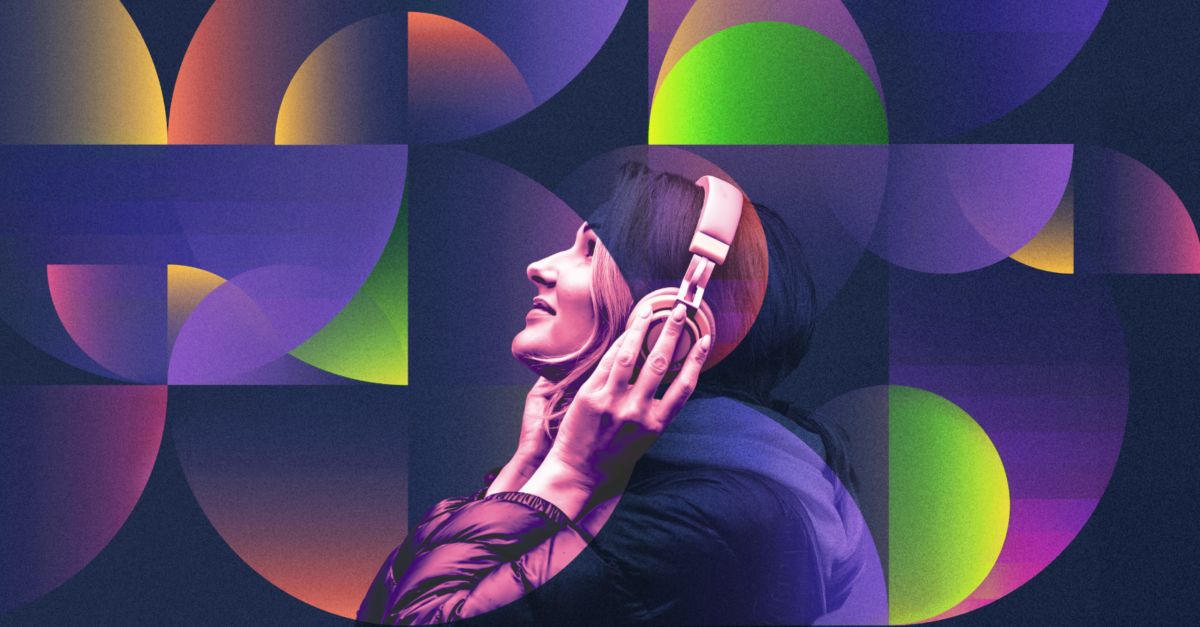People still want the TV and movie experience offered by traditional studios, but social platforms are becoming competitive for their entertainment time—and even more competitive for the business models that studios have relied on. Social video platforms offer a seemingly endless variety of free content, algorithmically optimized for engagement and advertising. They wield advanced ad tech and AI to match advertisers with global audiences, now drawing over half of US ad spending. As the largest among them move into the living room, will they be held to higher standards of quality?
At the same time, the streaming on-demand video (SVOD) revolution has fragmented pay TV audiences, imposed higher costs on studios now operating direct-to-consumer services, and delivered thinner margins for their efforts. It can be a tougher business, yet the premium video experience offered by streamers often sets the bar for quality storytelling, acting, and world-building. How can studios control costs, attract advertisers, and compete for attention? Are there stronger points of collaboration that can benefit both streamers looking to reach global audiences and social platforms that lack high-quality franchises?
This year’s Digital Media Trends lends data to the argument that video entertainment has been disrupted by social platforms, creators, user-generated content (UGC), and advanced modeling for content recommendations and advertising. Such platforms may be establishing the new center of gravity for media and entertainment, drawing more of the time people spend on entertainment and the money that brands spend to reach them.
Our survey of US consumers reveals that media and entertainment companies—including advertisers—are competing for an average of six hours of daily media and entertainment time per person (figure 1). And this number doesn’t seem to be growing.2 Not only is it unlikely that any one form of media will command all six hours, but each user likely has a different mix of SVOD, UGC, social, gaming, music, podcasts, and potentially other forms of digital media that make up these entertainment hours.



I can testify on that.
In the last two years, I’ve discovered VTubers and streamers in general.
I’ve discovered Geega’s tech talks, Deme’s videogame playthroughs, Michi Mochievee’s amazing (and shocking) IRL lore, VShojo group gaming sessions, Dokibird’s third wheel viral video, Ironmouse’s gremlin moments with Connor, Melody getting raided at the most inopportune times, Henya’s Minecraft trolling exploits, Vedal and Camila’s hopecore video, Neuro-sama’s singing and otherwise general roasting comments on human VTubers, and wholesome gaming streamers like Beacon of Nick.
Not to mention a number of woodworking youtubers teaching about, or otherwise making mistakes when building or restoring furniture.
There’s content for everyone, and traditional TV doesn’t even come close.
It’s like stepping out of a boring office into Alice’s Wonderland.
The creativity is out there and it’s a joy to see what can be without corporate meddling.
The problem with corporate meddling is that they’re increasingly larger and larger percentage of the total wealth in society and the average person doesn’t really have the money to directly pay any of these people so they’re dependence on the women’s Corporation because they’re the only ones who have any money